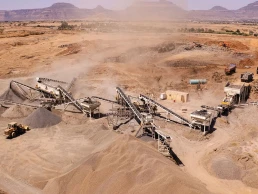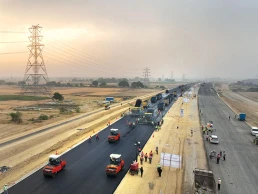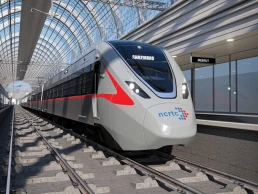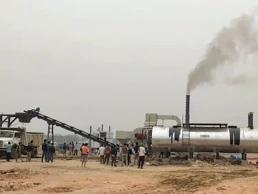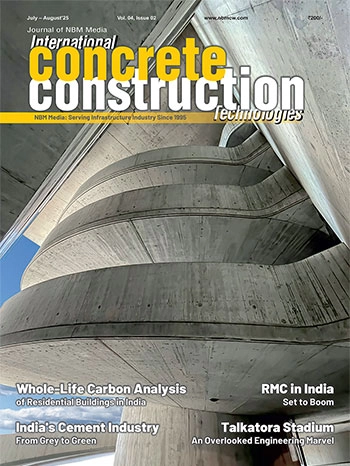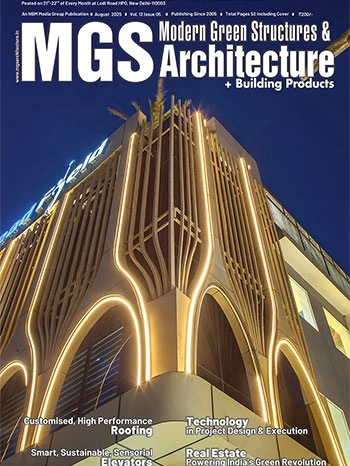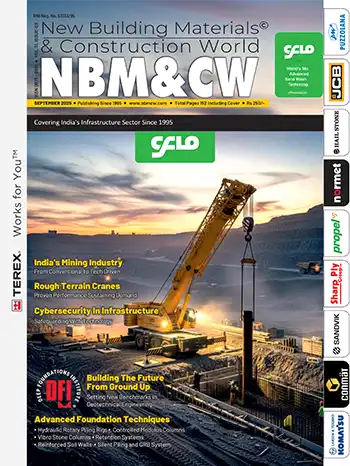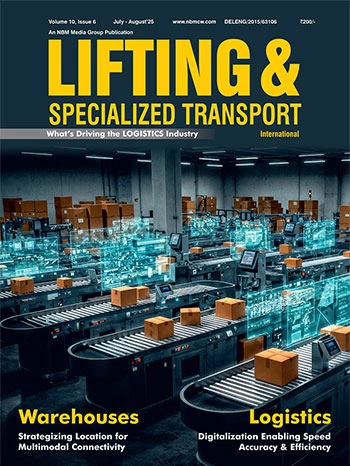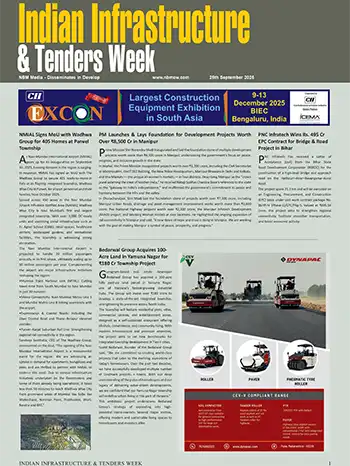Whole-Life Carbon Analysis of Residential Buildings in India
Core project team members at Greentech Knowledge Solutions Pvt. Ltd (GKSPL) Saswati Chetia, Nivit Mital, Sonija Kapooria Phogat, Prashant Bhanware, and Mohit Jain, along with Dr Sameer Maithel (Independent Expert) and Hrushikesh Patel (Parvati Consultants), present a study carried out by GKSPL - a first-of-its-kind whole-life carbon analysis of three typologies of urban residential buildings in Bengaluru – the findings of which underscore how construction technology, material selection, and design choices impact both embodied and operational carbon – giving valuable insights to architects, real estate developers, and policymakers aiming for sustainable developments, along with strategies to reduce whole life carbon emissions. As India sets its sights on achieving net-zero emissions by 2070, the building and construction sector responsible for nearly 25% of national greenhouse gas emissions must urgently chart a decarbonization pathway.
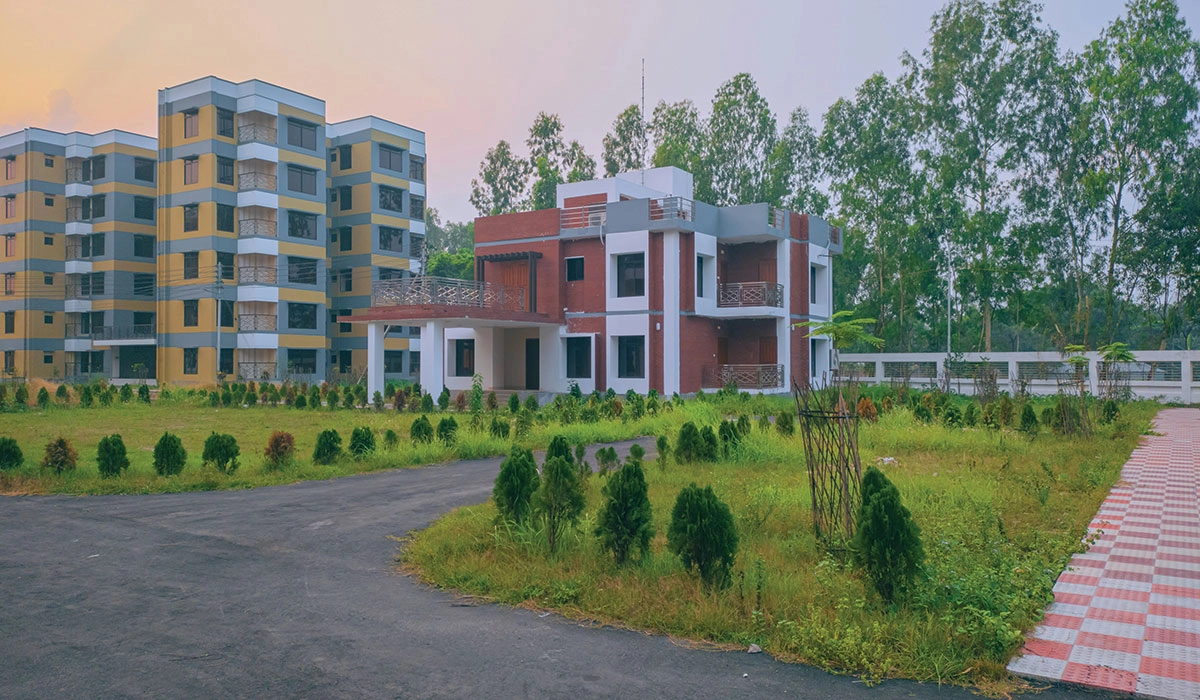 Picture curtesy: md-mahtab-unsplash
Picture curtesy: md-mahtab-unsplash
Introduction
The building and construction sector contributes significantly to global greenhouse gas emissions and climate change. In 2022, buildings were responsible for 34% of global energy demand and 37% of energy and process-related carbon dioxide (CO2)emissions (UNEP, 2024). In India, the buildings sector constitutes 30% of energy demand and 25.6% of GHG emissions (CSTEP, 2024). If global temperatures rise during the 21st century and are to be kept below 2oC above pre-industrial levels, then the global buildings and construction sector must almost completely decarbonize by 2050 (UNEP, 2021).


































